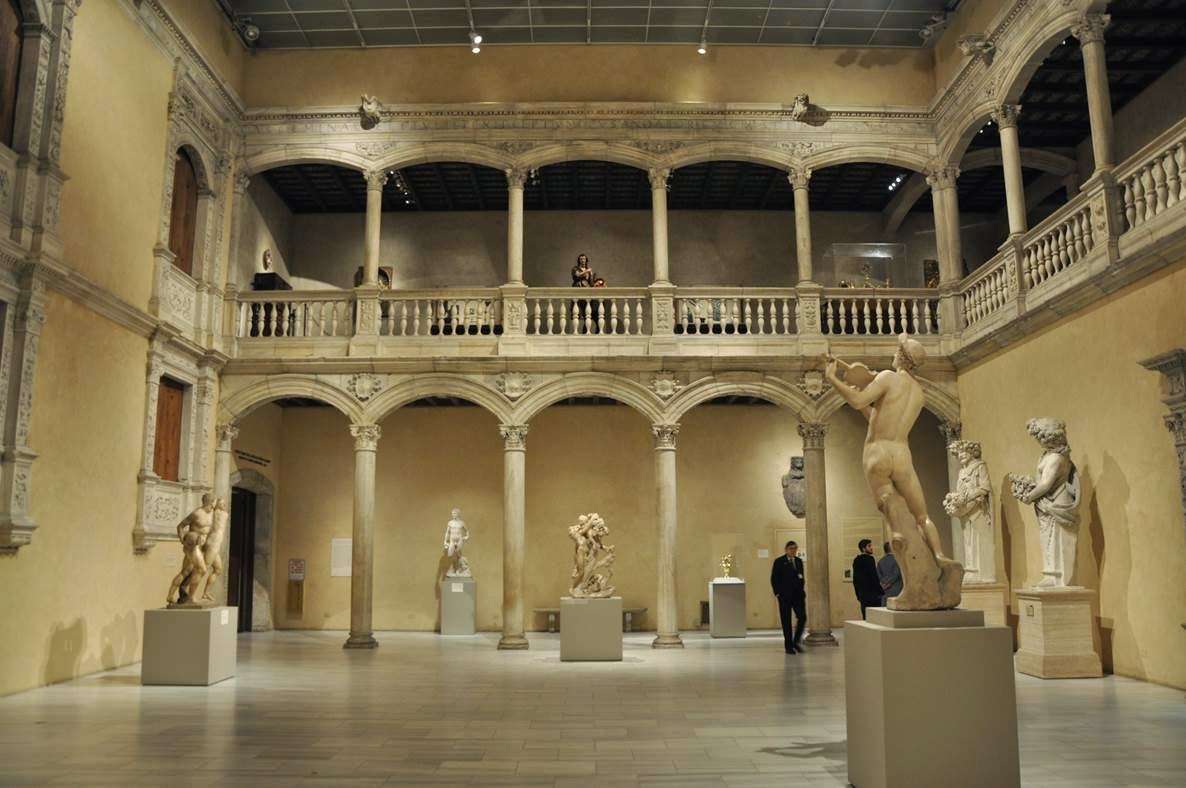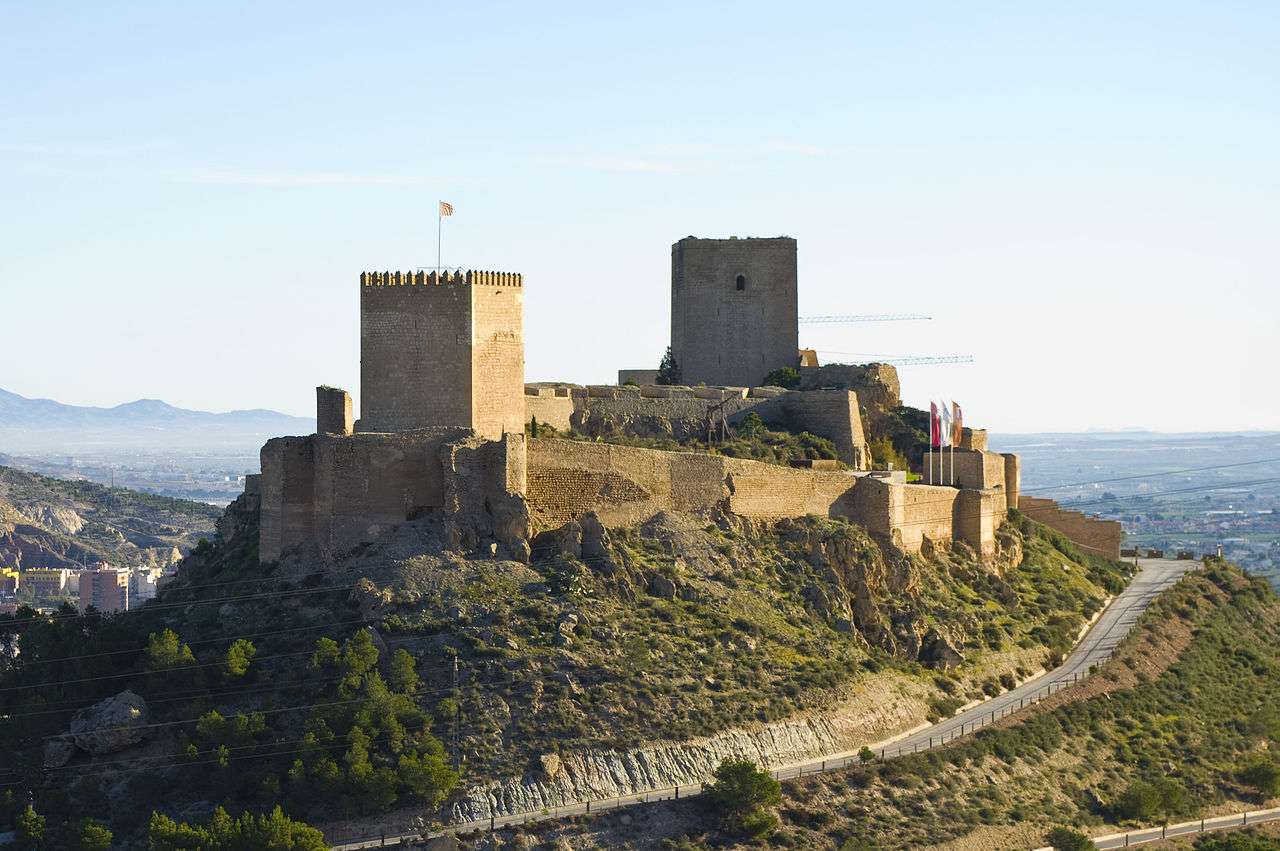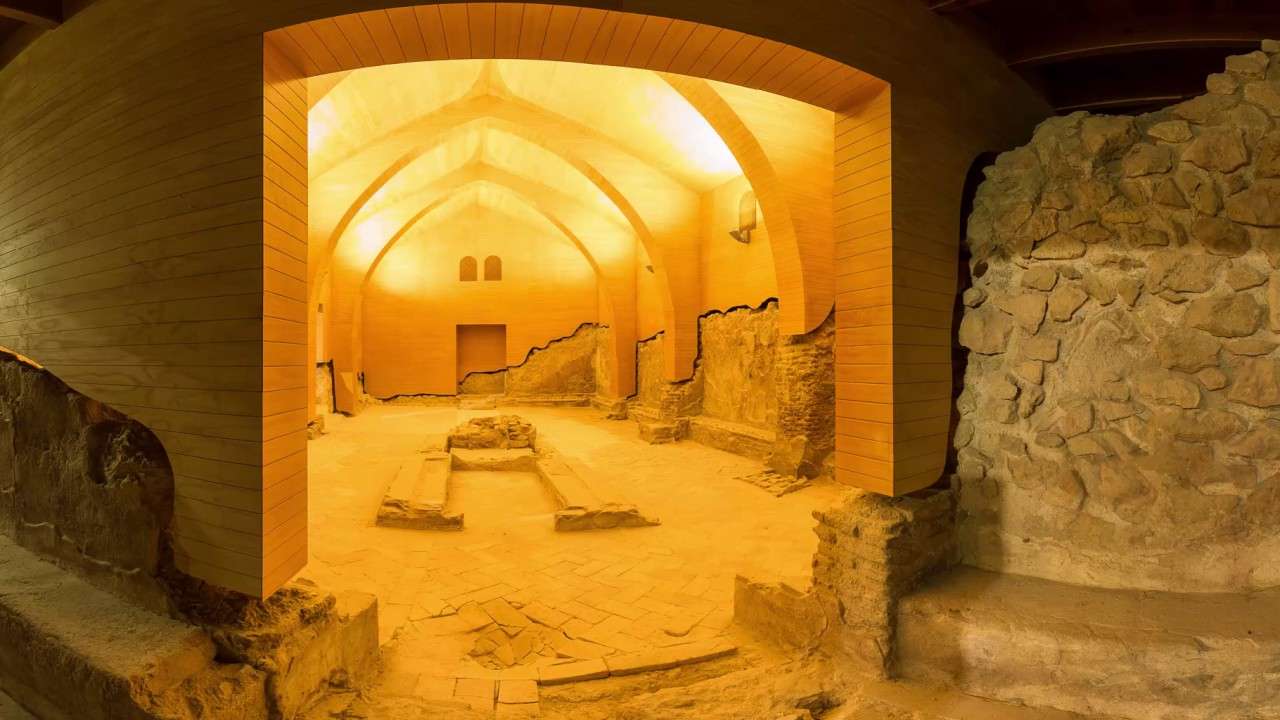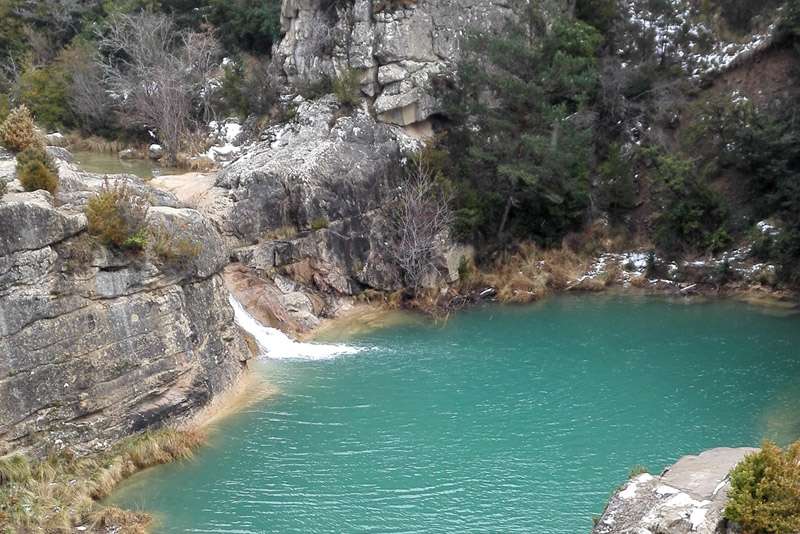TOURISM
LOCAL TOURISM
VÉLEZ – BLANCO
It is easy to see why The Castillo-Palacio that crowns the centre of the town is considered the most prestigious attraction at Vélez-Blanco. It is regarded as one of the jewels of the Spanish Renaissance, and on the approach to the Castillo, it is easy to see why. There is a humbling sensation that occurs to most people when they are in the presence of greatness.
Some visitors have a tendency to put themselves in the minds of the people who designed and built this marvel of engineering over 500 years ago.
The local area and the climate are almost as they were. It is easy to get lost in thought just soaking up the ambience in the area that surrounds you. A National Historical Monument, it rises up above a rock more than 1000 metres tall and showcases spectacular views of the surrounding area.
The municipality of Vélez-Blanco forms part of the Sierra María-Los Vélez Natural Park and the Ruta de Los Castillos (route of castles) through Andalucia. This tourist spot and is a firm favourite with lovers of rural tourism and sports as it is for lovers of culture and history. The Almacen del Trigo information office has information on the town and the surrounding Natural Park.
Other stand-out buildings include the Iglesia de Santiago Apóstol, from the 16th Century, which has some gothic elements to it, as well as Renaissance and Mudejar; The San Luis Convent, from the same century, with a plateresque door and a small Mudejar tower; and the Fuente Caños de Caravaca, from the 18th Century.




LORCA CASTLE
First built in the 13th century with the tower being rebuilt in the 15th century, this strategically placed looks over the city that it once presided over
Divided into three areas, with a long, narrow shape, this geometric marvel offers up rectangular towers, polygonal floor plans and a host of other design marvels.
The rectangular Alfonsí Tower, with three sections covered by Gothic vaulted ceilings was rebuilt during the 15th century but the castle loses none of its imposing grandeur .
The castle has been restored as a themed area dedicated to visitors and to the interpretation of heritage, under the name of the Fortress of the Sun. This initiative has earned Lorca a place on the shortlist of the European Commission’s EDEN programme (European Destinations of Excellence), in recognition of its sustainable tourism proposal.
SIERRA DE MARÍA – LOS VÉLEZ
The Sierra María-Los Vélez, which occupies the eastern end of the Cordillera Subbética in the Almeria province was designated a natural park in 1987.
Its vast covering of various terrains showcases contrasts and features akin to the surface of the planet Mars. It is overlooked by the Sierra’s rocky summits, which are white with snow in winter, and the dry, barren south-facing slopes compared to its densely wooded north-facing ones.
Temperatures here range from a finger rubbing -18°C in winter and rising to a fan waving 39°C in summer. The park’s altitude ranges from 800m to the highest peak of María, a barren limestone outcrop of 2,045m.
With over 100 bird species, including 17 species of birds of prey; in 2002 it was declared a special protection zone for birds. It is home to an immense population of butterflies, some of which can only be found in this Sierra, here in southeast Spain.


